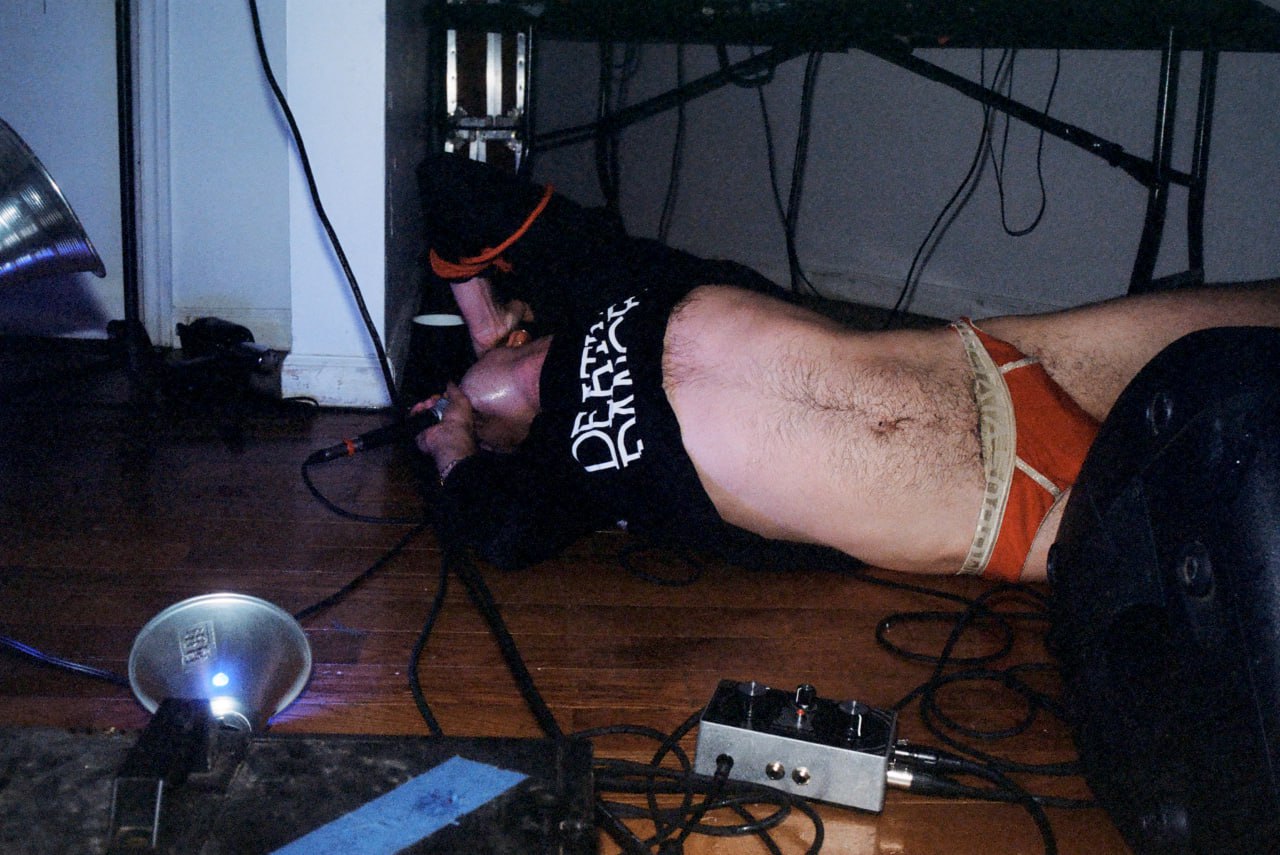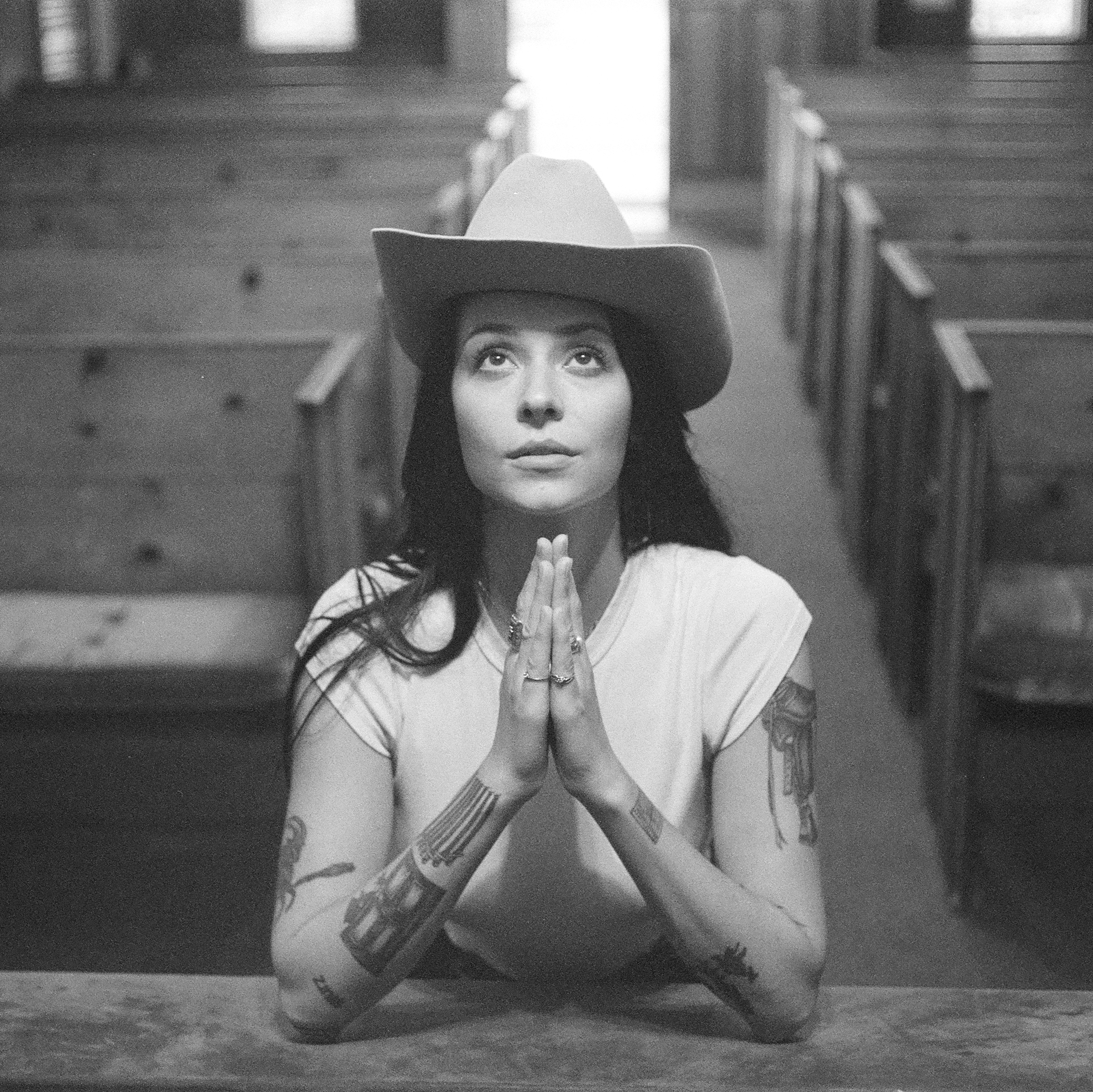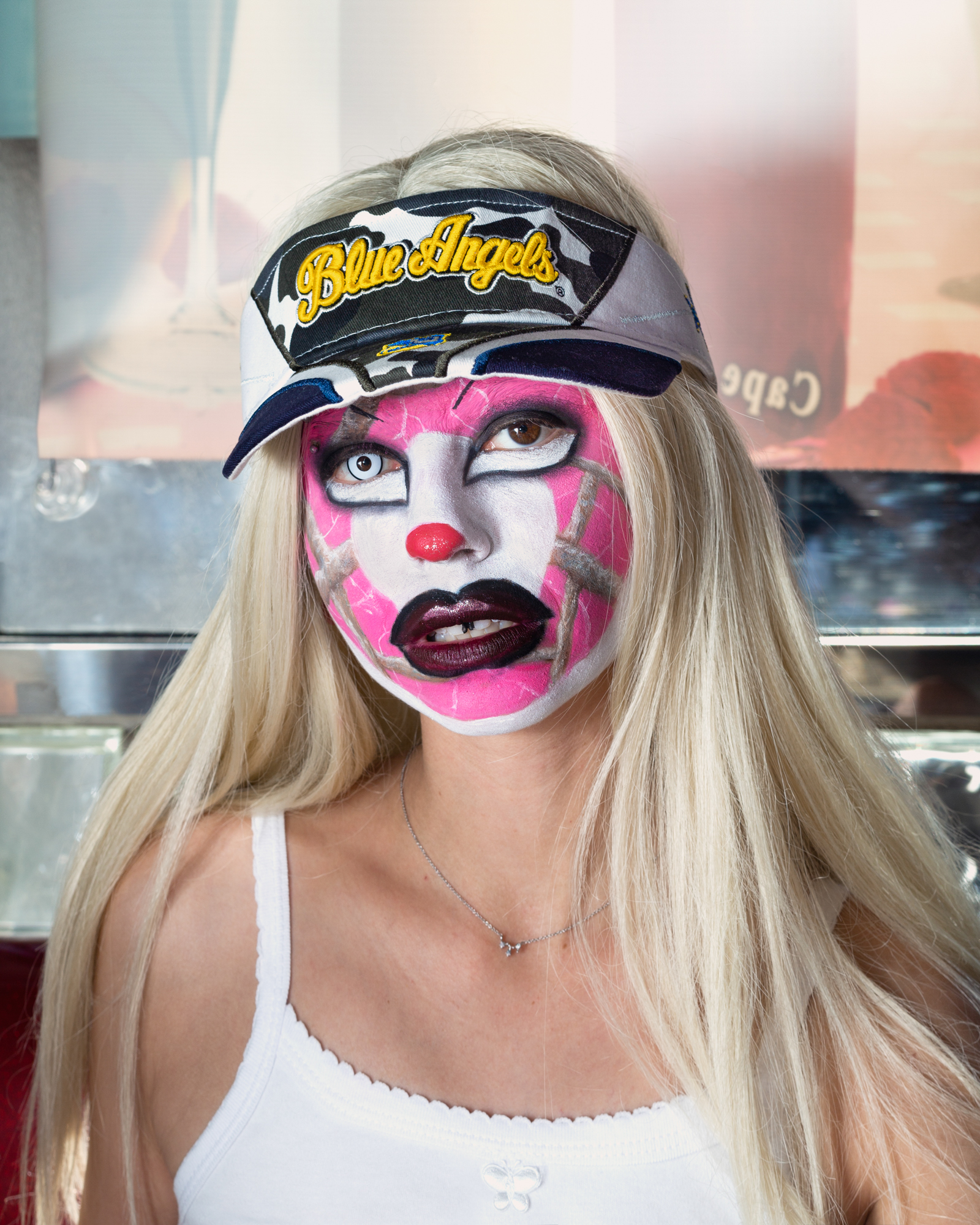One of the only truly transgressive artists in the game, Johnny Scuotto is an Italian American musician and writer from NY; a provocative experimentalist with familial roots in 1970s Hell’s Kitchen and Bensonhurst and a true artist’s distaste for the mean and mediocre. In this interview, we discuss his latest musical project Death Dance Music, the art & culture platform Uncensored New York he co-founded with his gf Samantha Sutcliffe, and his inspirations as an artist. Death Dance Music’s debut EP released this past October, and you can look forward to his larger feature in our upcoming print issue. Stay tuned.
My introduction to your work came by way of Death Dance Music and the art movement/collective UNCENSORED NEW YORK. How did both DDM and UNCENSORED NY come to fruition?
Death Dance Music started because I wanted to evolve and create my own genre. I got tired of contemporary rock n roll and punk music, it feels very generic and oftentimes ironic. Although the aesthetic of punk still exists, the attitude has changed over time. It’s become more in line with evangelical christian beliefs.
People at the forefront of punk like Public Image Limited, The Stooges, and The Pop Group were challenging the status quo. Pop Group was political. 1970s Stooges (Fun House era) was political, they challenged authority. Jesus and Mary Chain and the Birthday Party started riots, they were labeled “Dangerous.” The music was explosive and created the urge for the audience to go nuts.
Current music feels extremely stagnant and extremely safe. I think it’s because most indie/rock/punk musicians are at the mercy of the industry and have no choice but to become malleable. You have to play it safe once you acquire a certain level of status and success or else there are consequences. Death Dance Music is a disruption, a rebellion, to all of this.
Uncensored New York was born in 2020 out of this idea that there needed to be a supportive platform for people to speak their minds without the consequence of social exile. We wanted to create a world that existed outside spectacles fueled by hate. There was a general consensus from our collective to revolt against the societal norms of cancellation. In the beginning people were intrigued but hesitant. I think we were very much at the forefront of thinking critically about modern day censorship. We’ve had guest lectures with Adam Lehrer (Safety Propaganda) and Lias Saoudi (Fat White Family), put on a group show at Public Works Administration and are currently producing the distribution of Cuddly Toys for the filmmaker Kansas Bowling.

What were your predominant thoughts and feelings going into the production of the Death Dance Music EP?
I produced the songs with Seldawyatt (Pain Annihilator) using instruments in an untraditional way. What we do is secret.
You’re notably a showman as much as a musician, so I’m curious where you feel most “at home” as a musical artist: in the studio, on the stage, in front of the camera, etc.?
They are all so different from each other. The stage is where I can express myself. Performance is where I exert the aggression and frustration that has been bottled up.
Based on one of your interviews published over four years ago, it sounds like you’ve also been a champion for free speech for a while now. Free speech is more complicated now than ever, now that censorship fits within a broader dystopic paradigm of social media surveillance. Where is your head at on all of this? Do you ever feel overwhelmed by this mess, or do you have a greater sense of clarity now as an artist?
Of course I feel overwhelmed by this mess. Surveillance on social media is a huge waste of time. I feel bad for anyone who falls into the trap and hopefully they can get out of it.
A lesser discussed aspect of censorship is the non-verbal self-censorship that has occurred on the dance floors, likely due to, again, social media surveillance, as well as the deployment of “social distancing” during lockdown. As a dealer in dance music, what are your feelings on the state of dance right now?
I don’t consider myself a dealer of dance music. I’m not in the night life whatsoever.
Much of your work—from the sweaty disco side of DDM to DS NYC’s SZN 01 campaign you scored—embodies the sort of deviant ’70s sleaze that I still associate with NYC art and fashion, or at least the parts of NYC I like (looking in from the outside). With that, to what degree do you identify as an NYC artist?
I’m a New Yorker. I’m from here. Born here. Raised here by a working class family. I went to school here. The city nowadays is a rich man’s playground. It’s the Big Brother 1984 surveillance capital. Sleaze seems to be a universal buzzword, it’s over romanticized and has nothing to do with contemporary New York City. What I know from family members in the ’60s and ’70s was sleazy, it was a disgusting wasteland. My mother grew up in Hell’s Kitchen. She was living during the era of Times Square that is often fetishized. A New York City artist is straight-forward, they aren’t afraid to be themselves, but I don’t think that goes just for New York. That should go for everyone. Those are the best artists: Francis Bacon, Alan Vega, Lou Reed, Mark E. Smith to name a few.
What inspires you as an artist, musically or otherwise?
Film is a huge inspiration. The noise of wind in the beginning of “The Unknown” was inspired by David Lynch’s Eraserhead.
Do you have a favorite movie? (book? artist?)
Favorite movies are Taxi Driver and Goodfellows. I’ve been working on film scores and watching a lot of horror films. One of my favorites is The Witch.
Favorite books are Closer by Dennis Cooper and The Weird and The Eerie by Mark Fisher.
Favorite artists are James Ensor, Chris Burden.
What do you resent the most?
People destroying other people’s lives.
What do you look forward to?
Coffee and Death
Buy Death Dance Music’s EP here.
MORE UNCENSORED NEW YORK:




